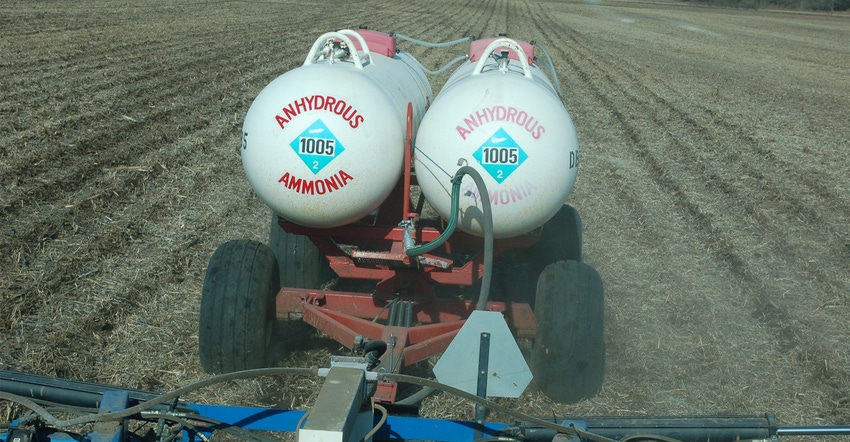April 24, 2017

Editor’s note: You can listen to my conversation with Mike Zwingman at the end of this article.
As the growing season gets underway, Mike Zwingman, with Central Valley Ag, says the first step in nitrogen management is managing the sink. That's where planting and nitrogen become integrated — that is, maximizing the net effect of stand percentage.
"Maximizing the number of possible ears in the field is our first step to managing our sink and hoping to get that matched up with our source, the nitrogen we apply and the nitrogen that mineralizes down the road in-season, and watching our planting conditions, watching that wetness and that sidewall compaction and really the conditions we put root development under. Because we need those roots to efficiently uptake nitrogen and drive that nitrogen in the corn plant," says Zwingman, the agronomy research and development manager at Central Valley Ag.
"Planting as a function of nitrogen. That's really the two things; the stand establishment and establishment of good root development are two keys for us," he says.
And with the prospects for another wet spring in the making, Zwingman notes it becomes an even bigger challenge to manage the sink-source relationship.
"We can only lose what we have out there. So if you have 100% of your nitrogen out there and you lose 20%, that's still a lot bigger number than if you have 40% out there and lose 20% of the 40%," he says. "I know splitting nitrogen applications seems a little hectic. Especially with lower commodity prices, it would be real easy for us to say I'm going to put it all on as anhydrous. That's my cheapest option of nitrogen going forward. But when we do the calculations on how that loss can be affected, it's not necessarily the cheapest nitrogen program when you talk about last dollar spent."
"We've had some ridiculous May rains the last couple years," Zwingman adds. "The York area has had some 5- to 6-inch rains consistently in May, and that kind of puts a crick in our nitrogen application windows, because if we're planting corn today [mid-April] and it takes 525 GDUs [Growing Degree Units] to get it to V5, we're looking at about the first to second week of June time frame for that corn being [ready to use the nitrogen]. And if we get those heavy rains, and we can't get in the field, we can push it to V7 and V8. The thing is if we go that route, we have to make sure the tank never runs empty."
You May Also Like




